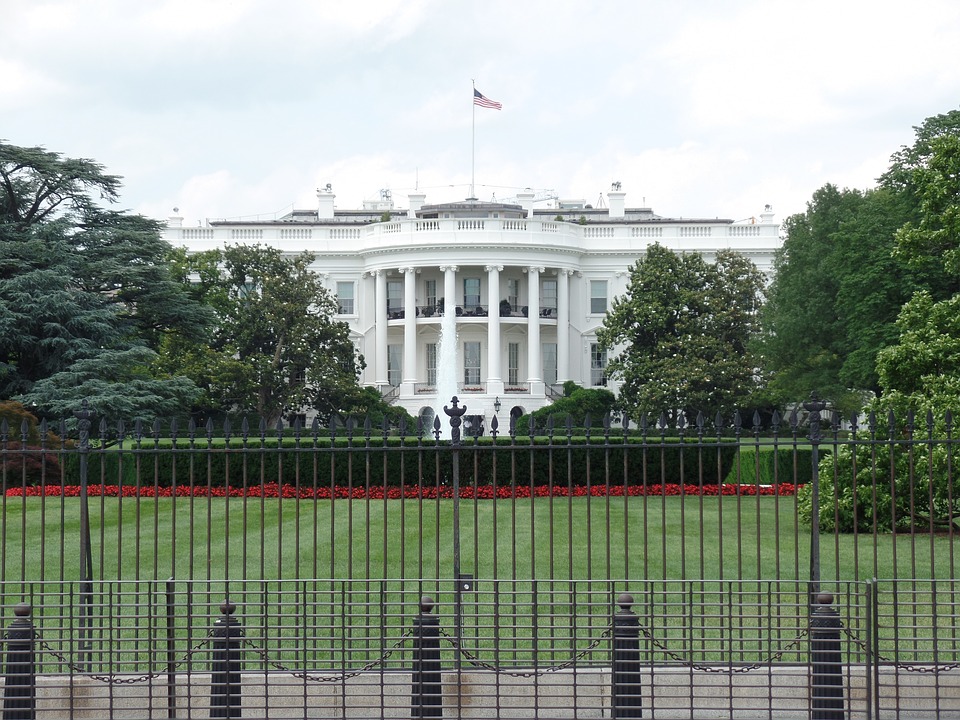“Iowa Picks Corn, New Hampshire Picks Presidents”
With the Iowa caucuses about to officially start the nominating process for the Democrats on Monday and the New Hampshire primary right on its heels, many will wonder what the results mean for determining the eventual nominee.
For Republicans, the old adage that “Iowa picks corn, New Hampshire picks presidents” has largely been true. In election cycles when there was no incumbent president, Iowans have picked the Republican nominee in 3 out of 7 caucuses since ‘72. Only two have won the presidency – Gerald Ford in 1976 and George W. Bush in 2000. New Hampshire on the other hand has correctly chosen 13 of the last 16 Republican nominees.
That information won’t help us this time in a contested Democratic caucus. In contested Democratic caucuses — in years when no incumbent president ran unopposed for re-election — Iowans have chosen the party’s national nominee 6 out of 9 times since 1972. A pretty good indicator. However, only twice has a Democratic winner from Iowa gone on to become president: Barack Obama in 2008 and Jimmy Carter in 1976.
Bernie Sanders
Sanders’ wealth tax to dent GDP more than Warren’s, but rake in more revenue: analysis
The wealth tax floated by Sanders, the Vermont independent running for the 2020 Democratic presidential nomination, won’t generate as much revenue as his campaign has forecast, according to a new estimate from the Penn Wharton Budget Model. The same holds true for the entire tax plan released by Biden, another leading 2020 Democratic contender, a separate analysis from the same group showed. Sanders’ wealth tax falls short by $1 trillion to $1.5 trillion, and Biden’s overall proposal registers $600 to $900 billion less. The discrepancies result from two primary factors, according to Kent Smetters, the model’s faculty director: Penn Wharton predicted higher rates of tax avoidance than the Sanders camp, and Biden’s campaign crew estimated each provision relative to current law instead of changes envisioned by the former vice president’s plan. From an economic standpoint, Sanders’ wealth tax would eventually drag U.S. growth down, cutting gross domestic product by 1.1 percent in 2050, while the total Biden plan would have little impact on the overall economy. Sanders has also proposed higher estate taxes by lowering the dollar threshold for triggering them, which the Penn Wharton Budget Model estimates would raise $267 billion over a decade.
Donald Trump
“The president said his administration is developing a middle-class tax cut that would go into effect if he keeps the presidency and Republicans control Congress. He declined to offer any details about the measure. … Mr. Trump confirmed that he is planning to add additional nations to an updated version of his travel ban that the administration is expected to release later this month.” TRUMP told the Journal he’d be releasing a new middle-class tax cut within 90 days. That means we should see it by April 20.
Trump, who plans to unveil new policies he hopes will appeal to his supporters as he campaigns for reelection, promised a new middle-class tax package within the next three months . White House economic adviser Larry Kudlow has described the goal as stimulus that can build on GOP tax cuts enacted in 2017. The Trump campaign anticipates that U.S. economic growth will slow in 2020, and tax reductions signed into law more than two years ago proved more popular with businesses and the wealthy than with average families.
Policy and Taxation Group is your voice in Washington on economic freedom. We advocate for policies that allow American families to fully enjoy the economic liberties and benefits of a robust free market unique to our nation. For over 25 years, we have been the loudest voice in the nation’s capital on eliminating the death tax. This ill-conceived tax has a destructive impact on families, family businesses, job creation, and the national economy.

